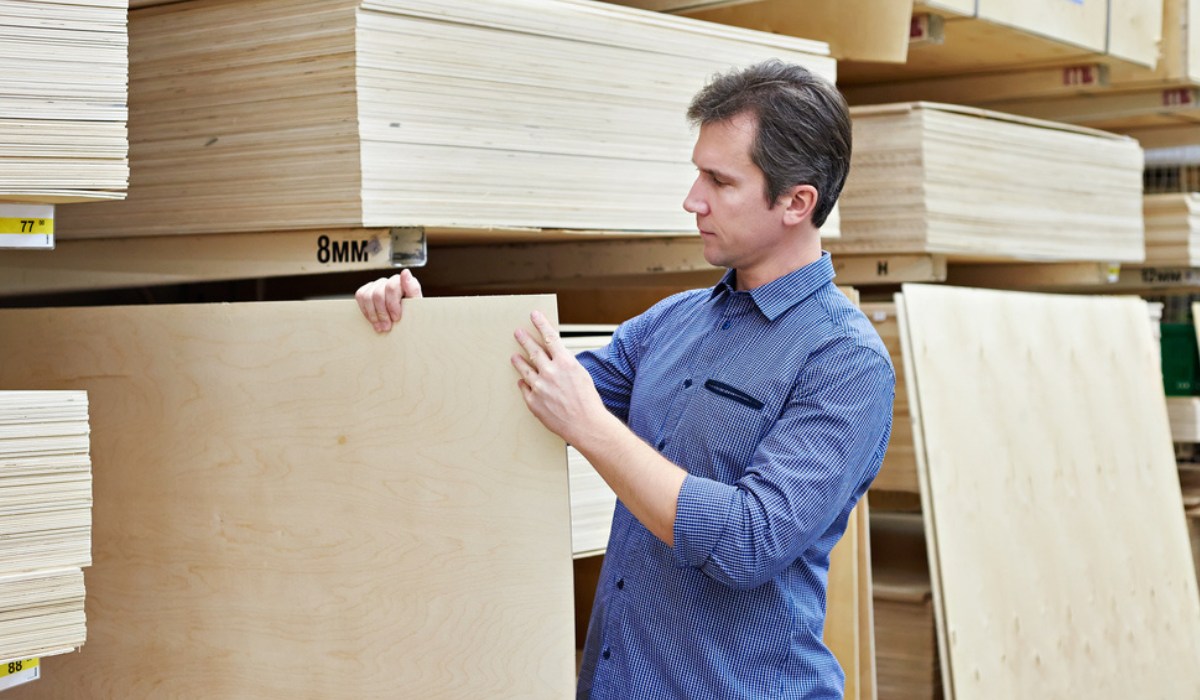When it comes to construction and woodworking projects, choosing the right materials is paramount to ensure longevity and durability. One such material that often plays a crucial role in these endeavours is plywood.
Plywood is a versatile building material known for its strength and stability, but not all plywood is created equal. Waterproof plywood, in particular, offers enhanced protection against moisture, making it an ideal choice for projects exposed to the elements or environments with high humidity levels.
However, the benefits of waterproof plywood come with a cost, and understanding these expenses is essential for effective budgeting.
In this blog post, we will delve into the world of waterproof plywood, exploring the cost considerations and providing budgeting tips to help you make informed decisions for your next project.
Understanding Waterproof Plywood
Before diving into the cost aspects, it’s essential to comprehend what waterproof plywood is and why it’s necessary. Regular plywood, while sturdy, is susceptible to moisture damage, warping, and rot when exposed to water over time.
This vulnerability can lead to structural problems and a shorter lifespan for your construction or woodworking project. Waterproof plywood, on the other hand, is specially designed to resist moisture, making it an ideal choice for applications where water resistance is critical, such as outdoor furniture, boat building, and bathroom cabinetry.
The key to waterproof plywood’s resistance lies in its construction. Unlike standard plywood, waterproof plywood is made with layers of wood that are bonded together using waterproof adhesives.
Additionally, the exterior veneer layers are often treated with water-resistant coatings or sealants, further enhancing its moisture-resistant properties. This construction method not only provides protection against rain, humidity, and dampness but also makes it less susceptible to the growth of mold and mildew.
These qualities make waterproof plywood a reliable choice for projects in areas with high humidity, coastal regions, or any application where exposure to moisture is a concern.
Cost Considerations
While waterproof plywood offers undeniable advantages, it comes at a higher cost than regular plywood. Several factors contribute to this price differential:
Materials and Manufacturing
The production of waterproof plywood involves specialized materials and manufacturing processes. The use of waterproof adhesives, exterior coatings, and sometimes even synthetic core materials adds to the production costs. These factors make waterproof plywood inherently more expensive than its non-waterproof counterparts.
Quality and Brand
Just like with any product, the quality and reputation of the brand can significantly impact the cost. Well-established brands with a history of producing high-quality waterproof plywood may charge a premium for their products. However, this premium often reflects the superior performance and durability of their plywood.
Thickness and Grade
Waterproof plywood is available in various thicknesses and grades, with each option serving different purposes. Thicker plywood and higher grades tend to be more expensive due to their increased structural integrity and resistance to moisture. Choosing the right thickness and grade for your specific project can help manage costs effectively.
Market Conditions
Market conditions and demand can influence plywood prices. Fluctuations in the availability of raw materials, economic factors, and global supply chain disruptions can all contribute to price variations. Staying informed about market trends can help you time your purchases more effectively.
Location
The cost of waterproof plywood can also vary based on your geographical location. Transportation costs, taxes, and regional preferences can all impact the final price you pay for this material. It’s advisable to check local suppliers and compare prices to find the best deals in your area.
Budgeting Tips
Now that we’ve examined the factors that contribute to the cost of waterproof plywood, let’s explore some budgeting tips to help you make the most of your project budget:
Plan Ahead
Start your project with a clear plan that includes a detailed materials list. Knowing the quantity and specifications of waterproof plywood you need will prevent you from overbuying or underestimating, which can lead to unnecessary expenses.
Consider Alternatives
In some cases, you may not need waterproof plywood for the entire project. Assess the areas where moisture resistance is crucial and use regular plywood for the less vulnerable parts. This can help you save money while maintaining the required level of protection.
Compare Prices
Shop around and compare prices from different suppliers and brands. Don’t forget to factor in any additional costs like transportation fees. Online marketplaces and local lumberyards can be valuable resources for finding competitive prices.
Buy in Bulk
If your project requires a significant amount of waterproof plywood, consider buying in bulk. Many suppliers offer discounts for large orders, which can result in substantial savings.
Timing Matters
Monitor market conditions and consider making your plywood purchases when prices are more favourable. Additionally, taking advantage of seasonal sales or promotions can lead to cost savings.
Quality over Price
While it’s crucial to adhere to your budget, it’s equally important not to sacrifice quality. Investing in high-quality waterproof plywood may initially seem more expensive, but it can save you money in the long run by ensuring the longevity and performance of your project.
Wrapping Up
In conclusion, waterproof plywood is a valuable building material known for its moisture-resistant properties, making it a go-to choice for projects that require protection against water damage.
While it does come at a higher cost compared to regular plywood, understanding the factors influencing its price and implementing budgeting tips can help you manage your project expenses effectively.
By carefully planning, comparing prices, and considering alternatives, you can make informed decisions that balance cost-efficiency with the performance and durability that waterproof plywood provides.
You can also find different types of plywood such as fire retardant plywood, marine plywood, gurjan plywood and more, according to your needs and requirements.

